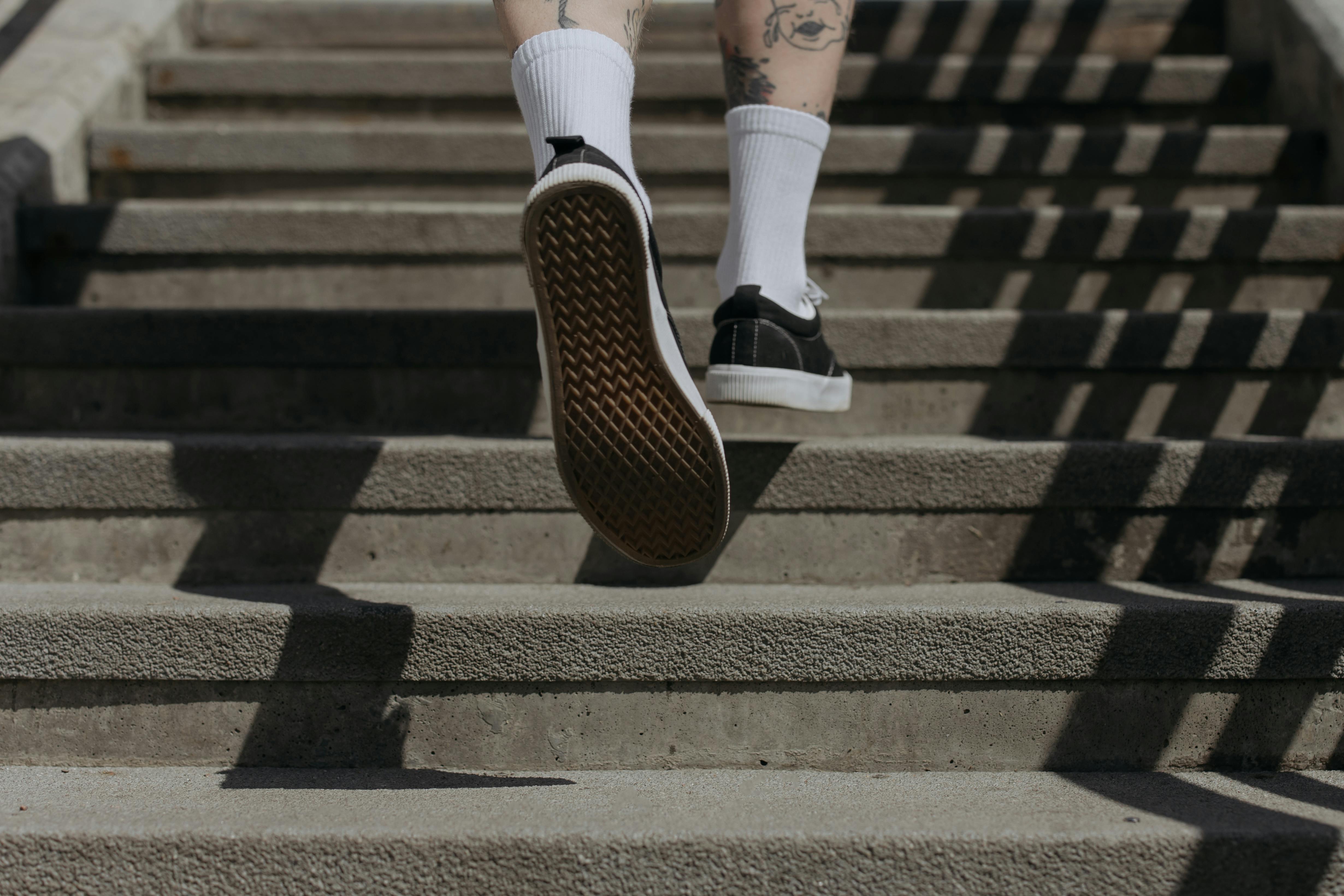Rediscovering the Art of Walking: A Fresh Look at the Oldest Mode of Travel
Walking, the first form of transportation known to mankind, has always been an integral part of our lives. It's a basic human ability, yet its significance in the travel and transportation industry is often underestimated. However, with changing travel trends and a renewed focus on immersive experiences, walking is making a comeback as a preferred mode of travel. This article delves into the world of walking and explores its role in today's travel culture.

Unraveling the History of Walking
Walking, as a mode of travel, dates back to prehistoric times when our ancestors moved on foot in search of food and shelter. Over time, walking evolved from a survival necessity to a leisure activity with the invention of other modes of transportation. Despite this evolution, the importance of walking has never diminished. It has always been a significant part of cultural, religious, and recreational practices worldwide. Today, walking is re-emerging as a travel trend, offering an intimate way to explore and engage with the world around us.
Walking in Today’s Travel Landscape
In the current travel scene, walking is seen as more than just a mode of transportation—it’s a lifestyle choice. The trend of walking tours, long-distance walking trails, and walking festivals has gained momentum. These experiences allow travelers to slow down, soak in their surroundings, and deeply connect with the places they visit.
The Advantages and Challenges of Walking
Walking offers numerous benefits—it’s free, it’s healthy, it’s eco-friendly, and it allows a closer communion with nature. However, it’s not without challenges. It requires physical fitness, can be time-consuming, and is heavily dependent on weather conditions. Despite these hurdles, the rewards of walking far outweigh the difficulties, making it a worthwhile travel trend.
Walking and Its Impact on Travelers
The impact of walking on travelers is profound. It encourages mindfulness, allows for serendipitous discoveries, and fosters a deeper understanding of local cultures. Walking also has mental health benefits—it helps reduce stress, improve mood, and boost creativity.
A Footloose Guide to Walking
- Choose comfortable footwear and clothing suitable for the weather.
- Carry essentials like water, snacks, sunscreen, and a map.
- Plan your walking routes, but also allow some room for spontaneous exploration.
- Opt for walking tours guided by locals to gain unique insights.
- Respect the environment and local customs while walking.
Walking, the primal mode of transportation, has come full circle. It’s no longer just a means to get from point A to point B—it’s a journey in itself, an exploration of the world at our own pace. As we step into the future of travel, walking offers a fresh and sustainable way to experience the world. So, why not lace up your shoes and set off on a walking adventure? The world awaits you, one step at a time.






